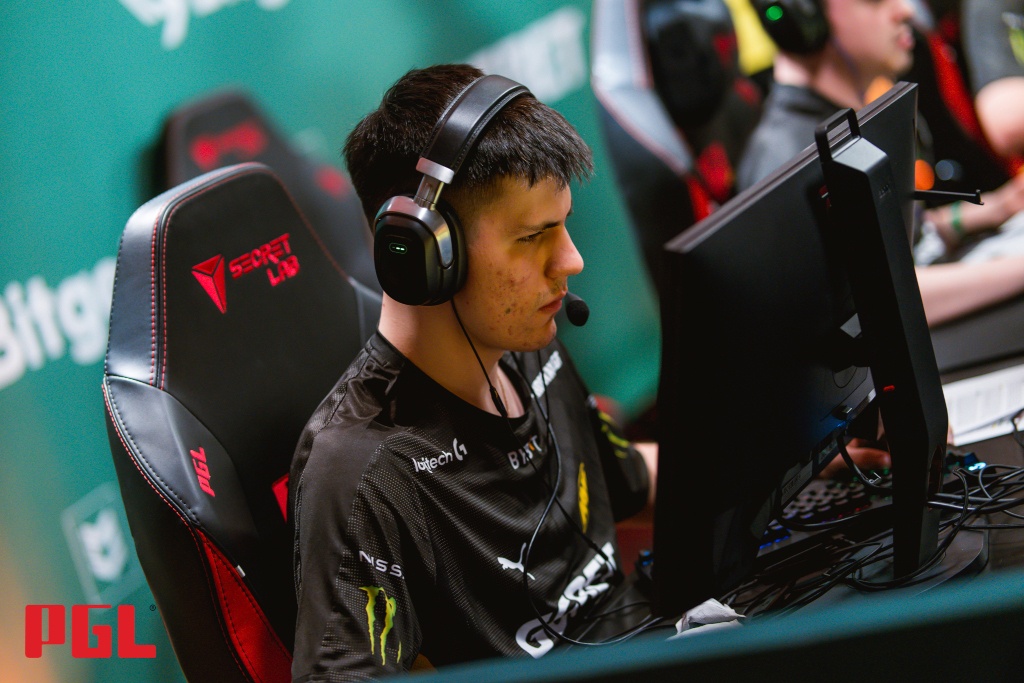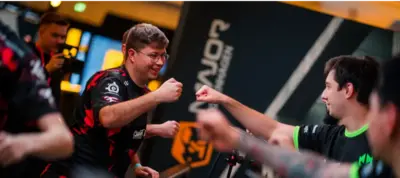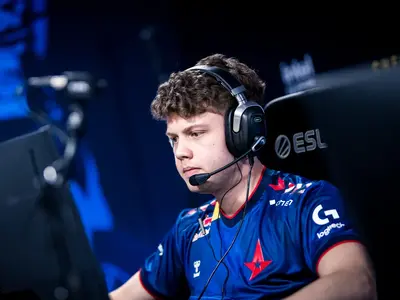How Reasonable For Clubs to Maintain a CS: GO Academy? Even More Than You Think
In the last year, more and more organizations have opened academies. Therefore, I propose to figure out how difficult it is to grow a tier-1 player.
One of the first clubs which opened an academy was Natus Vincere. After a few years, young players' invested work, time, and money justified themselves. First, Valery B1t Vakhovsky was transferred to the primary roster, and after Ilya m0NESY Osipov grew into a tier-1 performer in just two years. The history of Vakhovsky is genuinely unique. NAVI's management gradually pulled him into the main lineup. At first, B1t played only on Inferno, and then there was Overpass, Mirage, and so on until he completely joined the roster. Now it's hard to imagine the main lineup of "born to win" without B1t. His rating for the last 15 matches was 6.5.
In turn, Osipov did not have a chance to prove himself on the organization's first team, but his career development history is no less interesting. At 16, he was regarded by the global CS: GO community as a super talent. As soon as Natus Vincere put m0NESY on the transfer list, the hunt for the player started right away. All there was to do was to set a price. Different figures appeared on the Internet - $200 thousand, $300 thousand, and even $600 thousand. No one told the transfer amount, but m0NESY still ended up in G2 Esports. From the first matches, Osipov began to demonstrate a confident game in an international team, but so far, he has not been able to win trophies. But let's wait for what the future brings!
NAVI's approach to the academy is working. In the first case, they raised a top player for their team, and in the second, they gave the world a very talented esports player and made money on his transfer to the top roster.

I want to pay attention to the MOUZ Academy next. Most recently, the youth roster of the organization became a four-time winner of the WePlay Academy League. The main roster includes two players who have passed the club's academy at once - John JDC de Castro and Adam torzsi Torzhash. Yes, the results of MOUZ cannot be called satisfactory, but the fact that management focuses on its students is inspiring. Perhaps it is worth filling the main roster with players from the academy?
Karim Krimbo Musa is another young talent. He managed to play for various teams on the tier-2 stage and go from BIG Academy to the primary roster of the organization. Roobet Cup, where BIG became the champion by beating FaZe Clan in the final, Musa finished with a rating of 6.0. This victory should spur the young and promising to further development because there is still work to be done.

I talked about academy graduates who have already established themselves in the tier-1 scene, but what about the future? Several talented guys have already been approached by the main rosters of their clubs in various tournaments. Namely: phzy, ztr, LNZ from Young Ninjas, Peppzor and regali from Fnatic Rising, and headtr1ck from NAVI Junior. All of them are ready to play at Tier 1 level. However, it remains to wait for a good offer. Therefore, the conclusion is obvious - investments in academic teams pay off, and the more organizations develop this area, the better for the entire professional CS: GO scene.















Comments